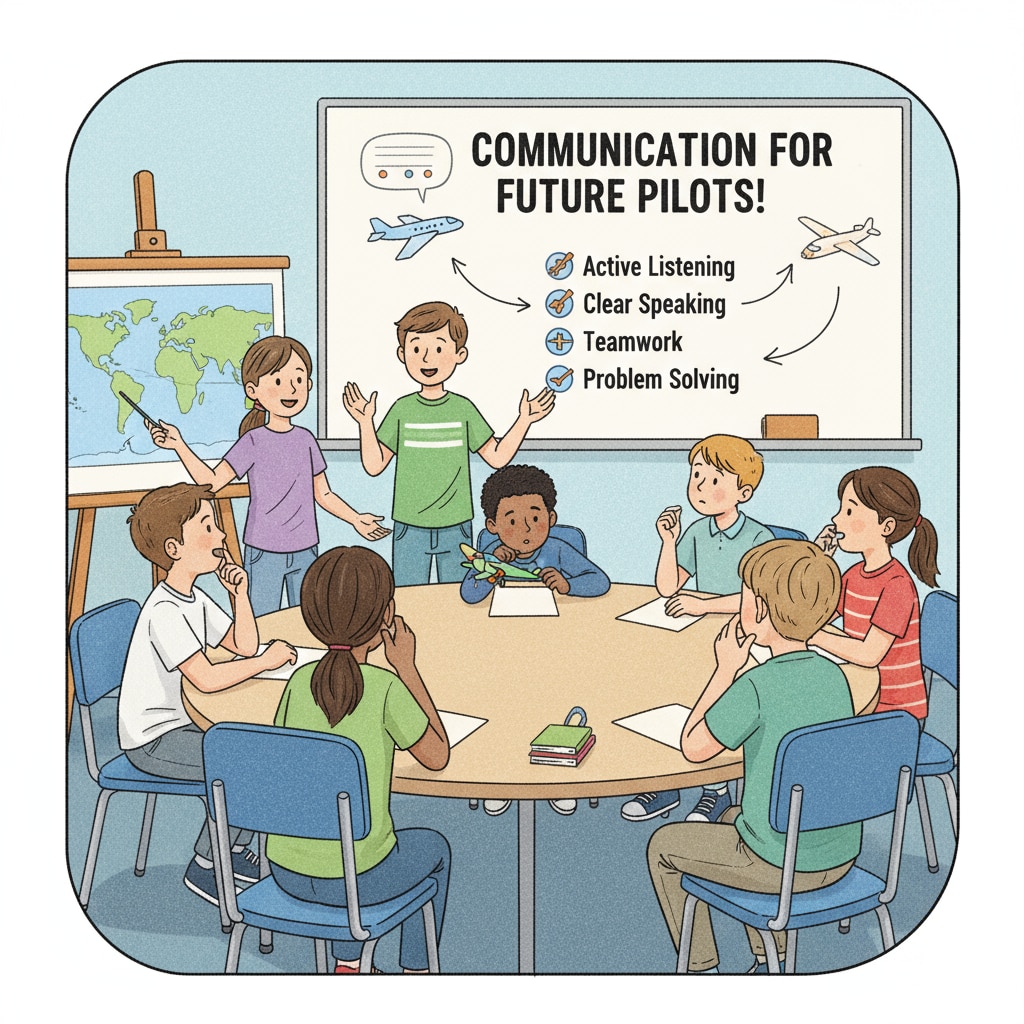Pilot skills, communication abilities, decision-making capacities, and situational awareness are crucial aspects that need to be nurtured from the K12 stage for those aspiring to become pilots. The journey to the skies begins with a solid educational foundation, and these skills play a pivotal role in shaping a successful aviator.
The Significance of Communication Skills
Effective communication is the cornerstone of a pilot’s job. In the aviation industry, clear and concise communication can prevent disasters. Pilots need to communicate with air traffic control, co-pilots, and ground crew. For example, when approaching an airport, they must accurately convey their position, altitude, and intentions. According to Aviation communication on Wikipedia, miscommunication can lead to dangerous situations. In K12 education, activities like group discussions, presentations, and debates can enhance students’ communication skills. These activities encourage students to express themselves clearly and listen attentively, which are essential for future pilots.

Developing Decision-Making Abilities
Decision-making under pressure is another vital skill for pilots. In the air, unexpected situations can arise at any moment, and pilots must make split-second decisions. For instance, in case of an engine failure, they need to quickly assess the situation and decide the best course of action. As stated in Aviation safety on Britannica, good decision-making is key to ensuring flight safety. In K12, problem-solving exercises, science experiments, and sports can help students develop this ability. These activities expose students to challenging situations where they have to think critically and make decisions.

Technical literacy is also an important part of becoming a pilot. With the advancement of technology in the aviation field, pilots need to be proficient in operating complex avionics systems. K12 education can introduce students to basic technology concepts through courses like computer science and engineering. This early exposure helps students build a foundation for understanding more advanced aviation technology in the future.
Situational awareness is essential for pilots to stay in control of the flight. They need to be constantly aware of their surroundings, including weather conditions, other aircraft, and potential hazards. In K12, activities such as map reading, outdoor exploration, and simulated flight games can enhance students’ situational awareness. These activities train students to observe and analyze their environment, which is a valuable skill for future aviators.
Adaptive thinking is yet another quality that should be cultivated in K12 for future pilots. The aviation industry is constantly evolving, and pilots need to adapt to new technologies, regulations, and operating procedures. By encouraging students to think creatively and be open to new ideas in K12, we can help them develop the adaptive thinking required for a successful aviation career.
Readability guidance: We’ve used short paragraphs and lists to summarize key points. Each H2 section has relevant explanations and examples. The passive语态 has been kept to a minimum, and transition words like ‘for example’ and ‘in addition’ have been used to enhance the flow of the article.


